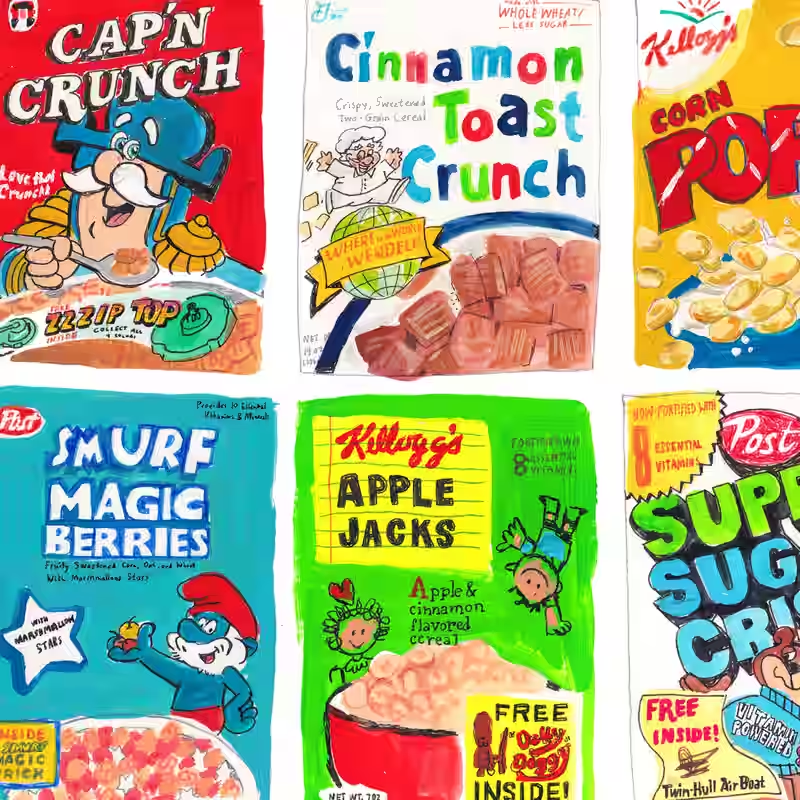Nostalgia in a Bowl: The Rise and Fall of America’s Breakfast Icon
Once a staple of American mornings, sugary cereals like Frosted Flakes, Trix, and Froot Loops are vanishing from kitchen cabinets—but not from hearts. As health trends shift and Gen Z opts for avocado toast or protein smoothies, a quiet but passionate group still pours milk over rainbow loops every day.

Who’s Still Eating Sugary Cereal?
According to industry data and consumer surveys, today’s sugary cereal lovers fall into three distinct groups:
- Nostalgic Millennials (30–44): Raised on Saturday morning cartoons and cereal box toys, they eat sugary cereal as a comfort ritual—often solo, late at night.
- Parents of Young Kids (Under 10): Despite health concerns, many give in to colorful boxes that promise “fun” and “energy.”
- Gen Xers (45–60): The original sugary cereal generation—many never stopped. For them, it’s not breakfast; it’s identity.
Sugary Cereal Sales: A Decade in Decline
| Year | U.S. Sugary Cereal Sales (Billions) | Key Trend |
|---|---|---|
| 2015 | $8.2B | Peak of “whole grain” reformulations |
| 2020 | $6.1B | Pandemic spike in comfort food |
| 2023 | $4.7B | Rise of protein cereals and oat bowls |
| 2025 (est.) | $3.9B | Brands pivot to “limited-edition nostalgia drops” |
Why the Shift?
Health awareness is the biggest driver. The average sugary cereal contains 10–12 grams of sugar per serving—nearly half the daily recommended limit. Meanwhile, alternatives like Magic Spoon (high-protein, low-sugar) and Three Wishes (grain-free) have captured younger consumers.
Cereal Companies Fight Back
Legacy brands aren’t giving up:
- Kellogg’s launched “Throwback Boxes” with 1990s designs for limited runs.
- General Mills added QR codes linking to retro commercials and cartoon clips.
- Post introduced “mini boxes” marketed as “adult treats”—not breakfast.
The Emotional Pull of Cereal
“It’s not about nutrition. It’s about memory. That crunch, that milk turning sweet—it’s my childhood in a bowl.”
— Sarah Lin, 38, Brooklyn
Will Sugary Cereal Disappear?
Unlikely. While no longer a dietary staple, sugary cereal is evolving into a cultural artifact—like vinyl records or Polaroid cameras. It’s not eaten daily, but cherished occasionally, with intention and joy.




